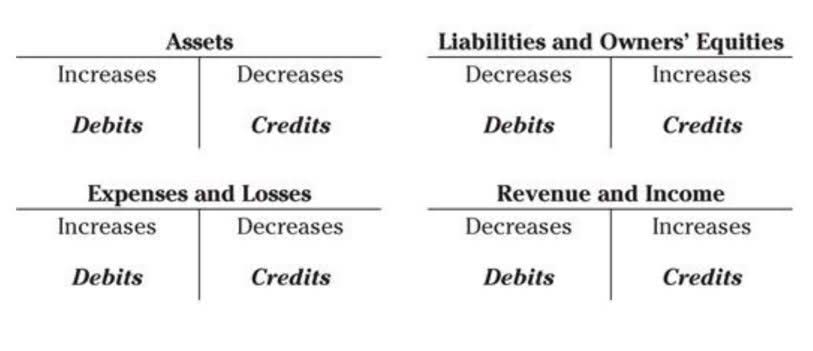The amount included in income is the inclusion amount (figured as described in the preceding discussions) multiplied by a fraction. The numerator of the fraction is the number of days in the lease term, and the denominator is 365 (or 366 for leap years). If you are an employee, do not treat your use of listed property as business use unless it is for your employer's convenience and is required as a condition of your employment. The use of an automobile for commuting is not business use, regardless of whether work is performed during the trip. For example, a business telephone call made on a car telephone while commuting to work does not change the character of the trip from commuting to business. This is also true for a business meeting held in a car while commuting to work.
The original cost of property, plus certain additions and improvements, minus certain deductions such as depreciation allowed or allowable and casualty losses. You must provide the information about your listed property requested in Section A of Part V of Form 4562, if you claim either of the following deductions. You are a sole proprietor and calendar year taxpayer who works as a sales representative in bookkeeping a large metropolitan area for a company that manufactures household products. For the first 3 weeks of each month, you occasionally used your own automobile for business travel within the metropolitan area. During these weeks, your business use of the automobile does not follow a consistent pattern. During the fourth week of each month, you delivered all business orders taken during the previous month.
Double-Declining Balance Depreciation Method
If an asset has an unlimited useful life, such as a piece of land, it is not considered a depreciable asset in accounting. That’s because such assets can be practically used forever without any apparent reduction in value. It is determined by estimating the number of units that can be produced before the property is worn out. To include as income on your return an amount allowed or allowable as a deduction in a prior year. Ready and available for a specific use whether in a trade or business, the production of income, a tax-exempt activity, or a personal activity.
- For example, if you lease only one passenger automobile during a tax year, you are not regularly engaged in the business of leasing automobiles.
- However, a mere statement by the employer that the use of the property is a condition of your employment is not sufficient.
- The recovery periods for most property are generally longer under ADS than they are under GDS.
- If you are a rent-to-own dealer, you may be able to treat certain property held in your business as depreciable property rather than as inventory.
- They also made an election under section 168(k)(7) not to deduct the special depreciation allowance for 7-year property placed in service in 2022.
Businesses also have a variety of depreciation methods to choose from, allowing them to pick the one that works best for their purposes. To calculate depreciation on real estate, you first have to know the cost basis. The cost basis is the value of the property minus the value of the land that it is built on plus any allowable closing costs.
Depreciation: Definition and Types, With Calculation Examples
For a description of related persons, see Related Persons, later. Even if the requirements explained in the preceding discussions are met, you cannot depreciate the following property. Generally, containers for the products you sell are part of inventory and you cannot depreciate them. However, you can depreciate containers used to ship your products if they have a life longer than 1 year and meet the following requirements.
Depreciate trees and vines bearing fruits or nuts under GDS using the straight line method over a recovery period of 10 years. Under this convention, you treat all property placed in service or disposed of during a month as placed in service or disposed of at the midpoint of the month. This means that a one-half month of depreciation is allowed for the month the property is placed in service or disposed of. The ADS recovery period for any property leased under a lease agreement to a tax-exempt organization, governmental unit, or foreign person or entity (other than a partnership) cannot be less than 125% of the lease term. For information about how to determine the cost or other basis of property, see What Is the Basis of Your Depreciable Property?
The numerator of the fraction is the number of months and partial months in the short tax year, and the denominator is 12.. The following worksheet is provided to help you figure the inclusion amount for leased listed property. You are an inspector for Uplift, a construction company with many sites in the local area. Uplift does not furnish an automobile or explicitly require you to use your own automobile. However, it pays you for any costs you incur in traveling to the various sites. The use of your own automobile or a rental automobile is for the convenience of Uplift and is required as a condition of employment.
Depreciation Overview
If you were using the percentage tables, you can no longer use them. You must figure depreciation for the short tax year and each later tax year as explained next. For a short tax year of 4 or 8 full calendar https://www.bookkeeping-reviews.com/inventory-costing-methods-inventory-valuation/ months, determine quarters on the basis of whole months. The midpoint of each quarter is either the first day or the midpoint of a month. Treat property as placed in service or disposed of on this midpoint.
Instead, it sells them through wholesalers or by similar arrangements in which a dealer's profit is not intended or considered. Maple can depreciate the leased cars because the cars are not held primarily for sale to customers in the ordinary course of business, but are leased. If you use part of your home as an office, you may be able to deduct depreciation on that part based on its business use. For information about depreciating your home office, see Pub. If you lease property to someone, you can generally depreciate its cost even if the lessee (the person leasing from you) has agreed to preserve, replace, renew, and maintain the property. You made a down payment to purchase rental property and assumed the previous owner's mortgage.
• Section 179 Deduction • Special Depreciation Allowance • MACRS • Listed Property
Assume the same facts as in Example 1, except that you maintain adequate records during the first week of every month showing that 75% of your use of the automobile is for business. Your business invoices show that your business continued at the same rate during the later weeks of each month so that your weekly records are representative of the automobile's business use throughout the month. The determination that your business/investment use of the automobile for the tax year is 75% rests on sufficient supporting evidence.
They must now figure their depreciation for 2023 without using the percentage tables. You begin to claim depreciation when your property is placed in service for either use in a trade or business or the production of income. The placed in service date for your property is the date the property is ready and available for a specific use. If you converted property held for personal use to use in a trade or business or for the production of income, treat the property as being placed in service on the conversion date. See Placed in Service under When Does Depreciation Begin and End?




